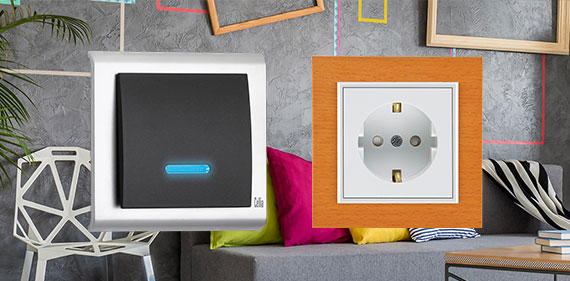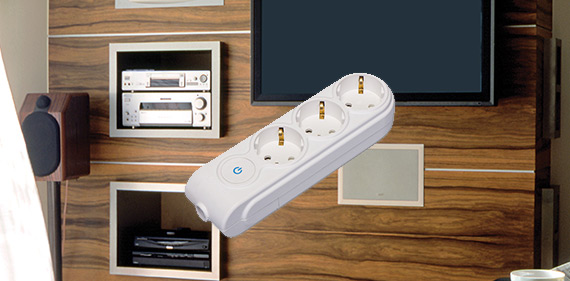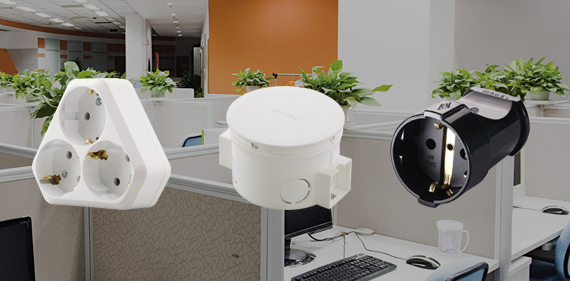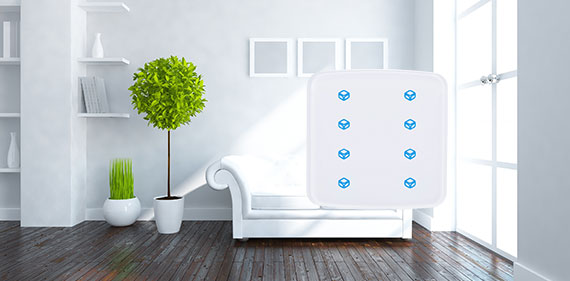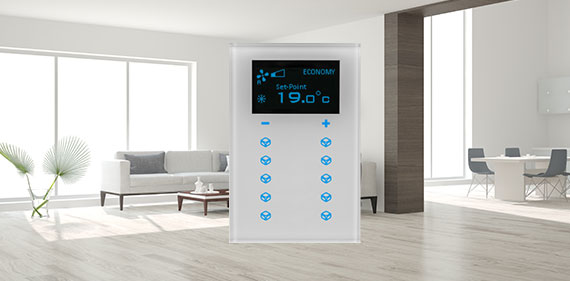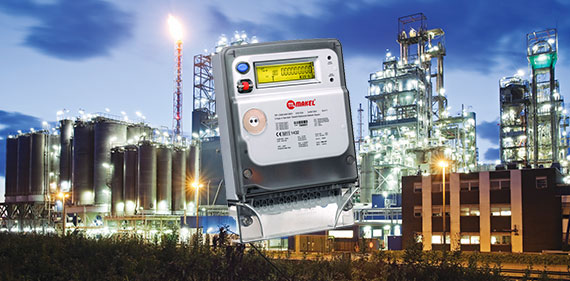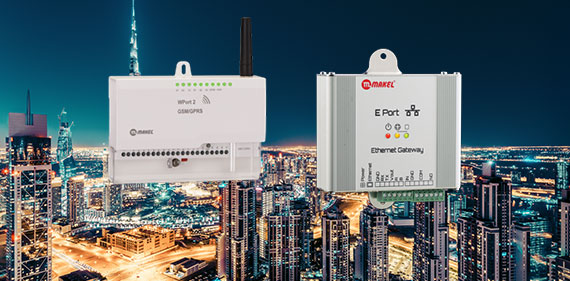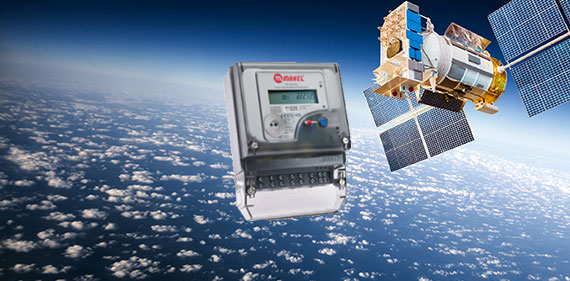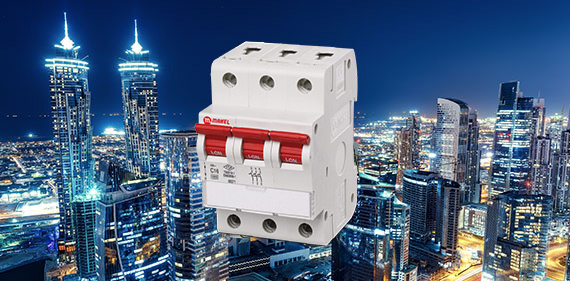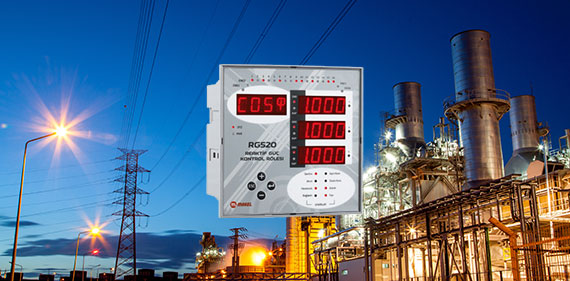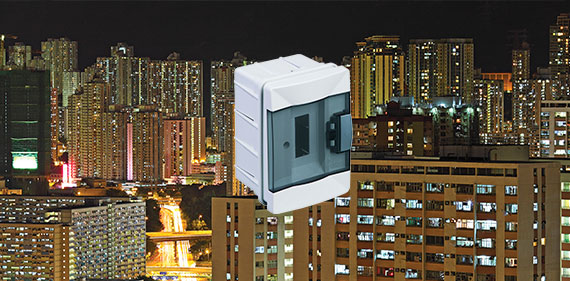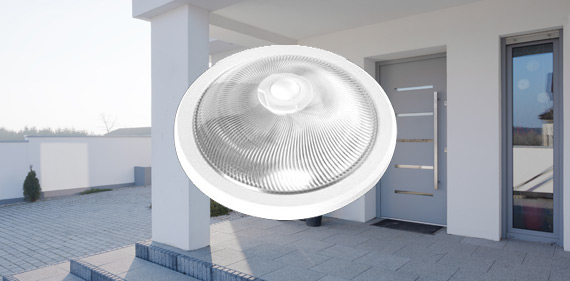

With the rapid advancement of technology, our homes are undergoing a transformation. Instead of performing many tasks manually, we can now control them remotely, saving both time and energy. At the center of this transformation are smart home systems, offering modern solutions that enhance quality of life.
What Is a Smart Home System?
A smart home system is an automation system that allows electronic devices within a home to work in an integrated manner and be controlled remotely. These systems operate using internet connectivity, sensors, and software technologies. Even when you're not at home, you can turn on your lights, adjust the temperature, or monitor security cameras through devices such as smartphones, tablets, or computers.
Key Features of Smart Home Systems
Smart home systems consist of many customizable components tailored to different needs. The main ones include:
- Smart Lighting Systems: Schedule lighting, turn lights on/off remotely, or integrate with motion sensors.
- Smart Heating and Cooling: Optimize indoor temperature through thermostats to improve energy efficiency.
- Security Systems: Integrated solutions with cameras, alarms, motion sensors, and fire detection systems.
- Curtain, Shutter, and Door Automation: Systems that operate automatically according to daylight or can be controlled remotely.
- Water and Gas Leak Detection: Systems that detect leaks and send alerts to your mobile device.
- Voice Assistant Integration: Control your home using voice commands via systems like Alexa and Google Assistant.
Advantages of Smart Home Systems
Comfort and Convenience
Smart home systems offer comfort by automating daily household tasks. You can effortlessly turn off all lights with a single tap, activate the heater remotely, or open the curtains.
Energy Savings and Cost Efficiency
By optimizing energy use, smart systems help save on electricity, gas, and water. This leads to a significant reduction in utility bills over time.
Security
Smart cameras, motion detectors, and alarm systems provide 24/7 monitoring and real-time notifications. Unusual activities are instantly detected and reported to users and, if necessary, the authorities.
Remote Access
Thanks to internet connectivity, you can control all systems even when you're not at home. Activate the security system while on vacation or turn off the lights from bed at night.
Improved Living Efficiency
Smart systems also make the home more organized and functional. With smart plugs, you can monitor device usage, and sensors allow for personalized room-based scenarios.
Cost of Smart Home Systems
The cost of smart home systems varies depending on the scope of the setup, number of devices, and selected brands. Below are average cost ranges for common systems:
|
System Type |
Average Cost (TRY) |
|
8-Channel Camera System + Mobile Access |
10,000 TL |
|
16-Channel Camera System |
14,000 TL |
|
Alarm and Notification Software |
5,000 TL |
|
Fire Alarm and Extinguishing System |
6,000 – 13,000 TL |
|
Touch Control Panel |
7,000 TL |
|
Smart Thermostat |
1,000 – 3,000 TL |
|
Smart Plugs and Lighting Systems |
500 – 2,000 TL |
|
Voice Assistant Devices (Alexa, Google) |
1,500 – 3,000 TL |
|
Wi-Fi Mesh Infrastructure |
2,000 – 5,000 TL |
Note: Software licenses, installation fees, and electrical infrastructure upgrades may not be included in these costs. These systems can often be installed gradually, which is advantageous for budgeting purposes.
Smart home systems enhance life quality by combining technology with comfort, security, and efficiency. Transitioning to home automation doesn’t require starting with a high-cost, full-scale system. You can gradually build a fully integrated system over time, based on your priorities.

